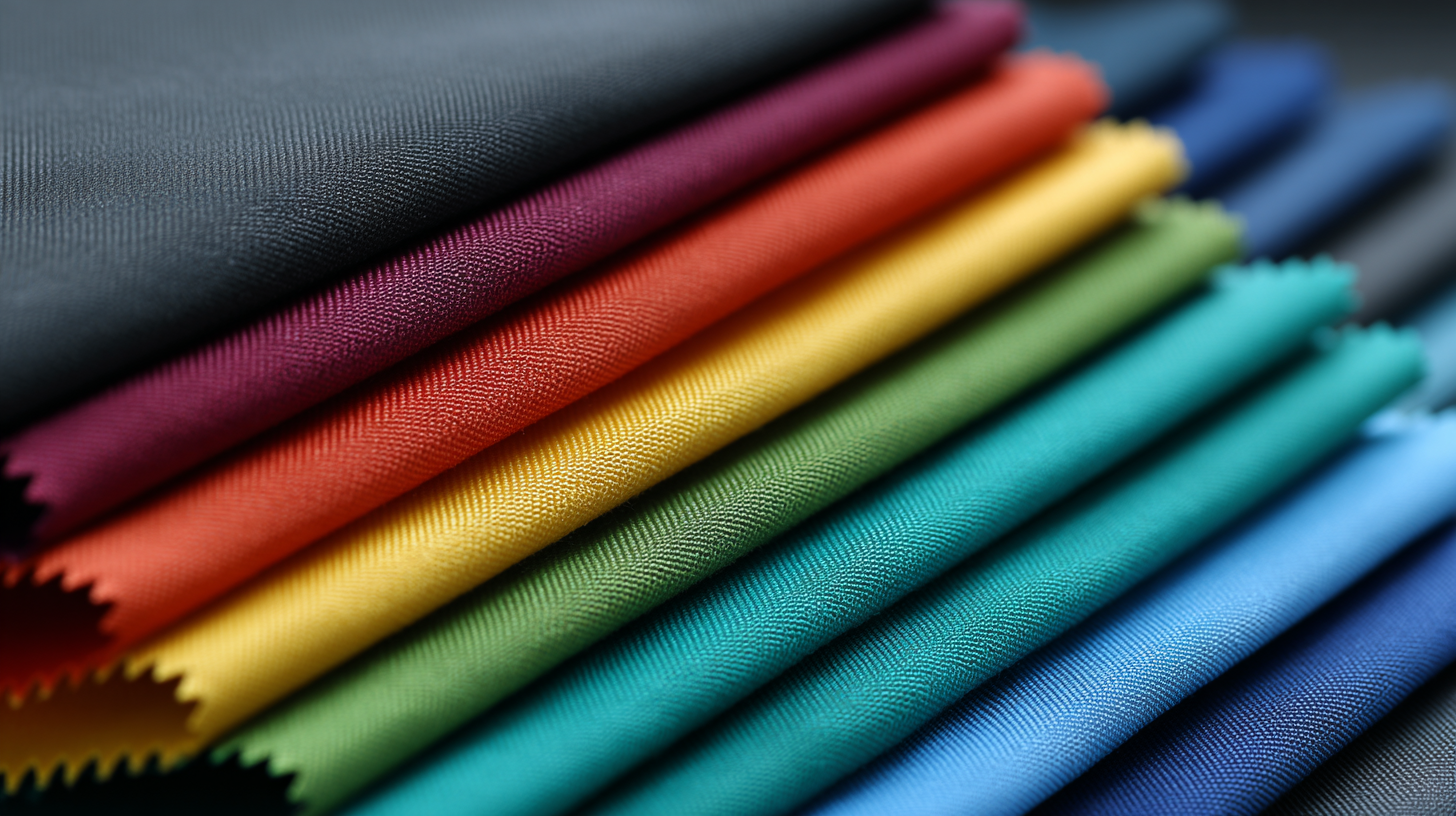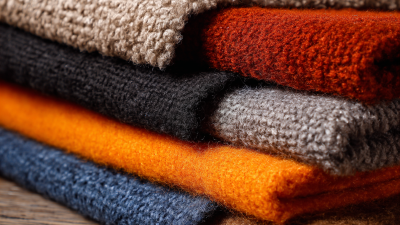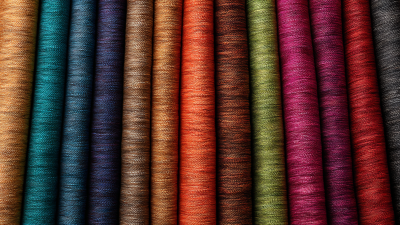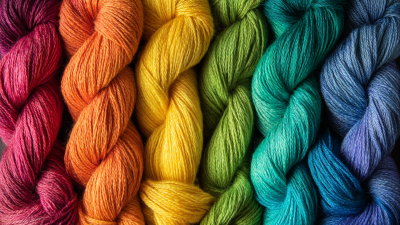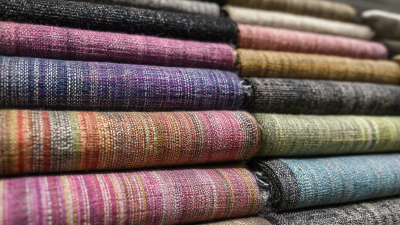In the world of textiles, selecting the right material can significantly impact the success of your project, especially when it comes to garments that require a high degree of flexibility and comfort. The industry has seen a growing demand for the Most Elastic Fabric, driven by trends in athleisure and performance wear, which has been projected to reach a market value of approximately $417 billion by 2026 according to Grand View Research. Understanding the properties of different elastic fabrics, such as spandex and elastane blends, is crucial for designers and manufacturers alike. Reports indicate that the global elastane market alone is expected to grow at a CAGR of 9.5% from 2021 to 2028, emphasizing the importance of choosing the right fabric for optimal stretch and recovery. This article aims to guide you through the selection process, ensuring your project not only meets performance standards but also aligns with current market trends.
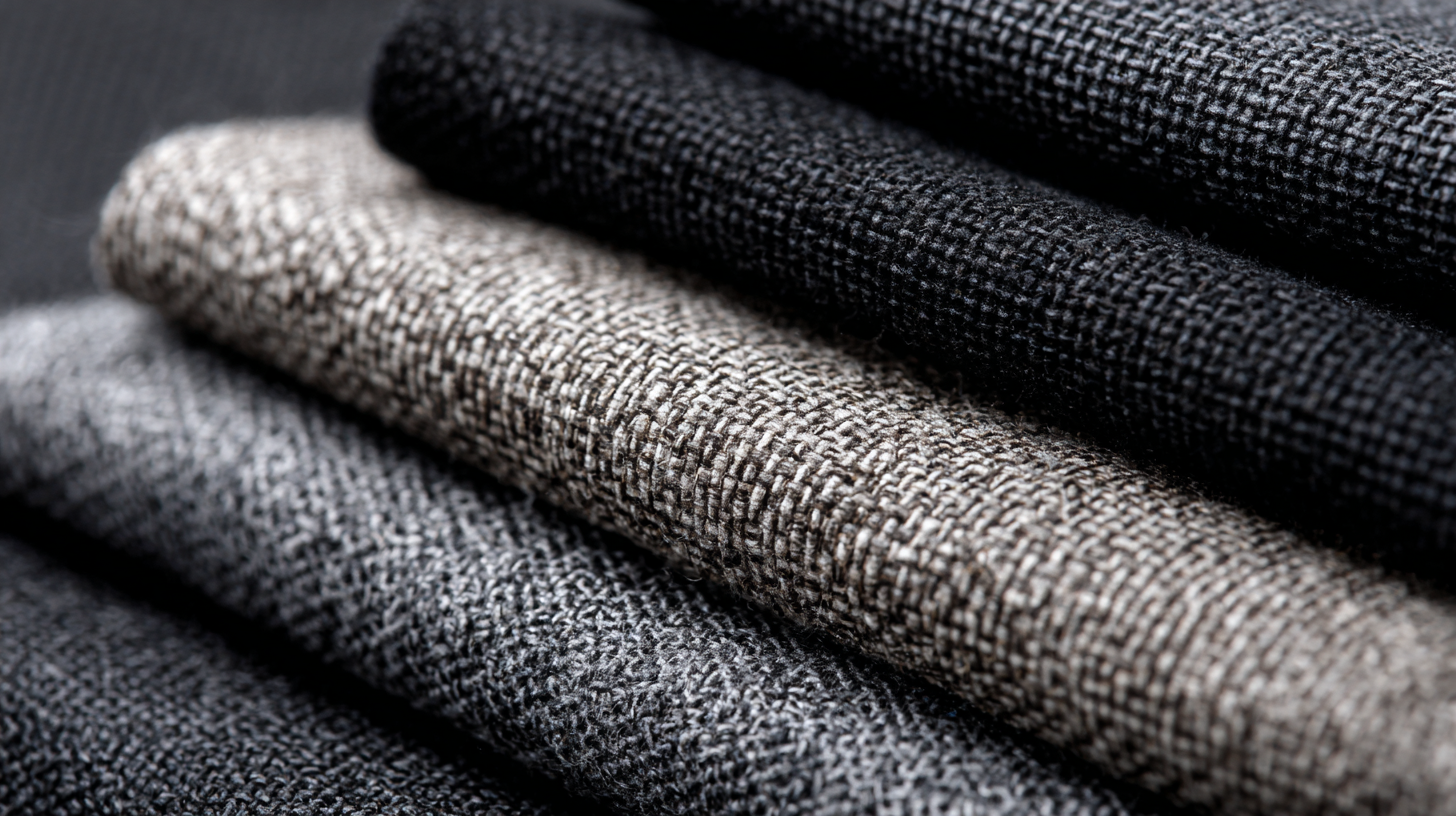
When selecting the best elastic fabric for your next project, understanding fabric elasticity is crucial. Fabric elasticity refers to the ability of a material to stretch and return to its original shape. Key factors influencing elasticity include fiber composition, weave type, and yarn construction. According to a 2021 report by The Fiber Society, spandex and nylon are leading materials in providing superior elasticity—spandex can stretch up to 500% of its relaxed length and retain its shape, making it a top choice in activewear and swimwear constructions.
Moreover, considering the weave type can also make a significant difference. For instance, fabrics with higher thread counts and tighter weaves often exhibit better elasticity, balanced with durability. A study by Textiles and Apparel Research Journal noted that high-performance fabrics used in sports apparel typically retain 85% or more of their elasticity after multiple washes. Therefore, when choosing your fabric, it is essential to assess how these factors align with the specific demands of your project, ensuring both functionality and aesthetic appeal are met.
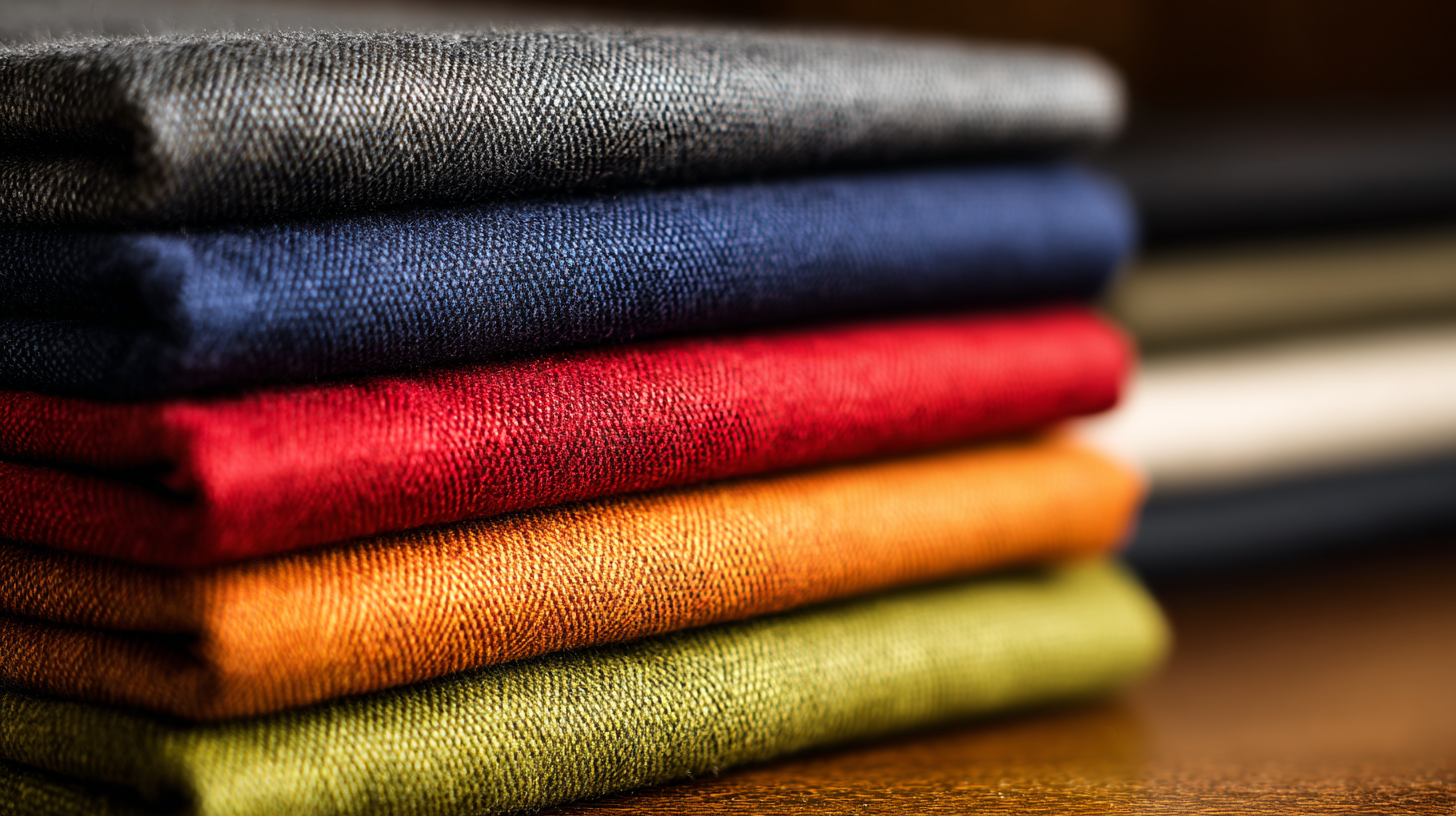
When it comes to selecting elastic fabrics for your next sewing project, understanding the various types available is crucial. Elastic fabrics are commonly used in garments that require flexibility and comfort, such as activewear, swimwear, and loungewear. Common types include spandex, lycra, and elasticized knits, each offering distinct properties that might suit different project needs. For instance, spandex is known for its exceptional stretch and recovery, making it ideal for form-fitting designs.
**Tips:** When choosing elastic fabrics, consider the weight and stretch percentage. For projects requiring more mobility, opt for lighter-weight fabrics with higher stretch capabilities. Additionally, examine the fabric’s recovery—this is how well it returns to its original shape after being stretched. A fabric with good recovery will ensure your garments maintain their fit over time.
Moreover, think about the intended use of the fabric. If your project involves moisture-wicking or quick-drying properties, look for blends that incorporate polyester or other functional materials. Understanding your project's requirements will guide you towards the best type of elastic fabric, ensuring you achieve both functionality and style.
When selecting an elastic fabric for your next project, understanding how to measure stretch is crucial. One effective method involves conducting a simple stretch test. Cut a small sample of the fabric, ideally around 10 inches long, and mark its original length. Gently pull the fabric at both ends to determine how far it stretches. Measure the new length and use it to calculate the percentage of stretch: [(stretched length - original length) / original length] x 100. This will give you a clear indication of the elasticity of the fabric.
Another important aspect to consider is recovery, which refers to the fabric's ability to return to its original shape after stretching. To test recovery, stretch your fabric sample and hold it in that position for a few seconds before releasing. Measure how much it reverts back to its original length. A high recovery rate is essential for applications where the fabric will undergo frequent stretching, such as in activewear or fitted garments. By thoroughly measuring both the stretch and recovery, you can confidently choose the most suitable elastic fabric for your project's requirements.
This bar chart shows the stretch percentage of various common fabrics used in textile projects. Spandex and Lycra have the highest elasticity, making them suitable for activewear and fitted clothing, while cotton has the least, ideal for comfort and breathability.
When it comes to mixing and matching elastic fabrics in your designs, consider the overall purpose of your project. Different elastic materials can add unique textures and functionalities to your creations. For instance, pairing a sleek, shiny spandex with a soft jersey knit can create an interesting contrast, making your design both visually appealing and comfortable to wear. Don't hesitate to experiment with various compositions; blending fun patterns with solid colors can help highlight key areas of your garment while ensuring flexibility and ease of movement.
Moreover, understanding the weight and drape of each fabric is crucial for achieving the desired silhouette. Lightweight elastic fabrics are excellent for casual wear, allowing for breathability, especially in summer styles. Conversely, using heavier elastic materials can provide structure and support for more tailored looks. Balance is key—try incorporating a mix of lighter and heavier fabrics in your designs to create depth and interest. With thoughtful combinations, you can not only enhance functionality but also elevate the style of your projects, making them suitable for any occasion.
When selecting an elastic fabric, it’s essential to consider not only its stretchability but also how to maintain that elasticity over time. Proper care instructions can significantly impact the durability and performance of your chosen fabric. Always check for washing guidelines provided by the manufacturer, as some elastic materials may require cold water washes or gentle cycles to avoid damaging their structure.
Avoid using harsh detergents or fabric softeners, as these can break down the elasticity of your fabric. Instead, opt for mild detergents that are suitable for delicate fabrics. After washing, air drying is preferable to machine drying since heat can cause elastic fibers to lose their stretch. Ironing should also be done under low heat and with a protective layer such as a thin cloth, as direct high heat can adversely affect the fabric’s elasticity. By following these care tips, you can ensure that your elastic fabric remains vibrant and retains its stretch, perfectly serving your next project.
